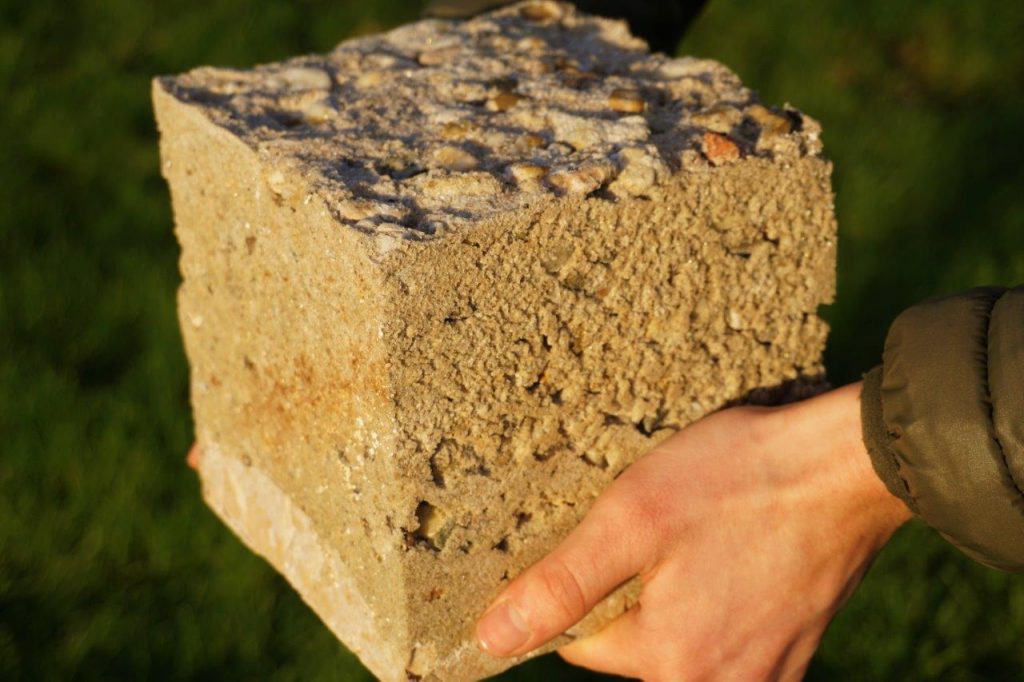A new sustainable product like bio concrete holds the potential for significant global sustainability in the construction sector. Traditional concrete production involves the use of cement, a major source of CO2 emissions (accounting for 5-6% of global CO2 production). It’s possible to produce concrete without cement by employing bacteria that bind sand and gravel together, resulting in bio concrete—albeit not as strong as traditional concrete. The recent project focused on market-oriented research: identifying interested parties and determining where bio concrete fits within the current supply chain.
The research involved discussions with potential buyers in North Netherlands and collaborations with academic institutions like NHL Stenden. Interestingly, interest in bio concrete primarily stemmed from unexpected sectors. While conventional construction companies showed hesitance due to bio concrete’s lower strength, a party using foam concrete for floor insulation expressed interest. Additionally, on-site applications, such as reinforcing soil for earthquake resilience, proved promising.
The project yielded surprising insights. The future of bio concrete involves further exploring its applications, particularly focusing on foam concrete and in situ usage. Subsequent steps will involve collaborative efforts with end-users and the market to advance the development and integration of bio concrete.



